Escaped convict, wealthy woman, murder victim: the wild life of Eliza Batman
She was a convict who escaped indentured servitude, bore children in hiding with a future Melbourne pioneer and enjoyed wealth, but Eliza Batman’s life ended in tragedy and murder. LISTEN TO THE PODCAST NOW
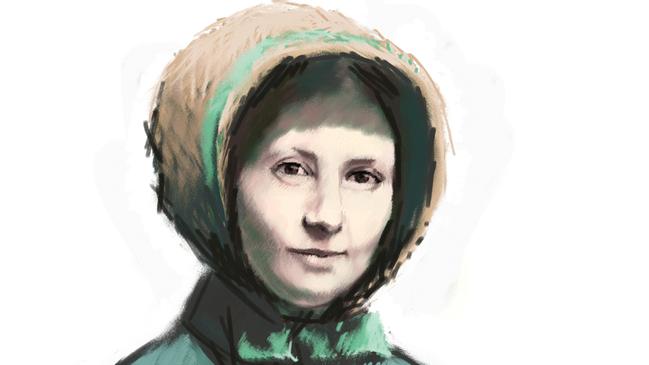
Black and White
Don't miss out on the headlines from Black and White. Followed categories will be added to My News.
Port Phillip offered so much promise for John and Eliza Batman and their large family, but with a few years of settling Melbourne they were fractured by disease, death and, for its matriarch, her grisly murder.
But Eliza Batman had packed plenty into her life long before she arrived in present-day Victoria with husband John and a tribe of children.
Eliza Batman is the subject of the latest episode of the In Black and White podcast on some of Australia’s forgotten characters, available today.
She was born Elizabeth Callaghan in Ennis, County Clare, Ireland, in 1802.
It’s thought her grandfather was a landowner but he and her father had a falling out that dramatically affected the family fortune.
By all accounts, young Elizabeth was like her mother – a beautiful, elegant and fiercely independent woman.
But her family’s circumstances meant that, at just 17, she was sent to London to carve out her own life.
But Elizabeth found herself living on the mean streets of a grimy, poverty-ridden city and mixing with the wrong crowd.
In mid-1820, she had a disastrous brush with the law.
She was arrested for her part in a counterfeiting racket in which she and a male accomplice were asked to pass a counterfeit £1 note across the bar in an East End pub, and to leave with the change.
The first attempt succeeded. The second drew the constabulary. Elizabeth and two men were arrested.
Elizabeth, still just 17, pleaded guilty in her trial in September 1820 – but counterfeiting was a capital crime at the time because the crime was regarded as a direct offence against the King.
The two men hanged but, perhaps because of her youth, Elizabeth was spared.
She spent nine months in jail before her sentence was commuted to 14 years’ transportation, arriving in Hobart aboard the Providence, in December 1821.
Elizabeth, now also known as Eliza, was soon put into the service of a settler family.
It wasn’t long before she attracted the attention of the law again.
She was jailed for a week in March 1822 for being drunk and disorderly.
Just three months later, Eliza was sentenced to three hours in the stocks for sneaking away from her master’s house for a night.
In January 1823, she earned a week on bread and water and two hours each day in the stocks for absconding from her master’s premises for a day and a night.
A life of indentured service did not suit young Eliza. Having just been returned to her master, she fled again into the Tasmanian bush, this time never to return.
At the time, John Batman was a young man on the rise.
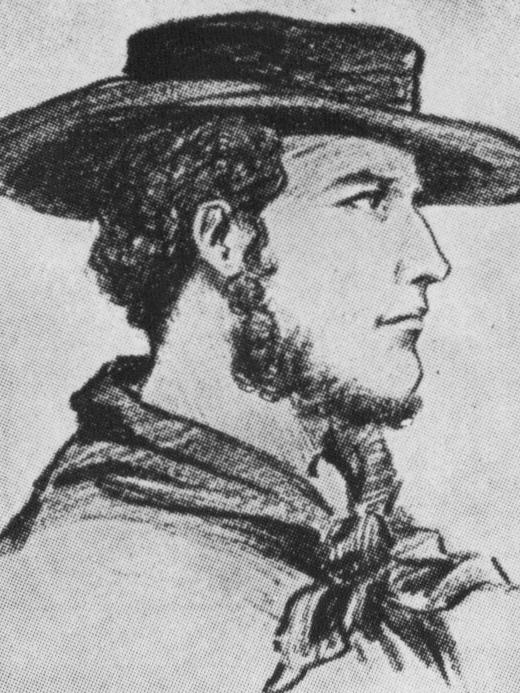
He was born in Parramatta in NSW, the son of a convict whose wife and family followed him to Sydney when he was transported.
He was a grazier on his property, Kingston, which was located east of Launceston and at the foot of one of Tasmania’s highest peaks, Ben Lomond.
While doing the rounds on his property, John chanced upon Eliza in the scrub. She had survived the harsh bush and highwaymen and eluded the police to make it to Kingston.
Against all reason, John offered Eliza sanctuary. He had everything to lose for doing so.
That same year, John won a contract to supply meat to the government store at George Town.
In 1824, the Tasmanian government turned him from lessee to landowner when it granted him ownership of his 600 acres at Kingston.
He would have lost it all had anyone found that he and escaped convict Eliza had found love in the confines of his homestead.
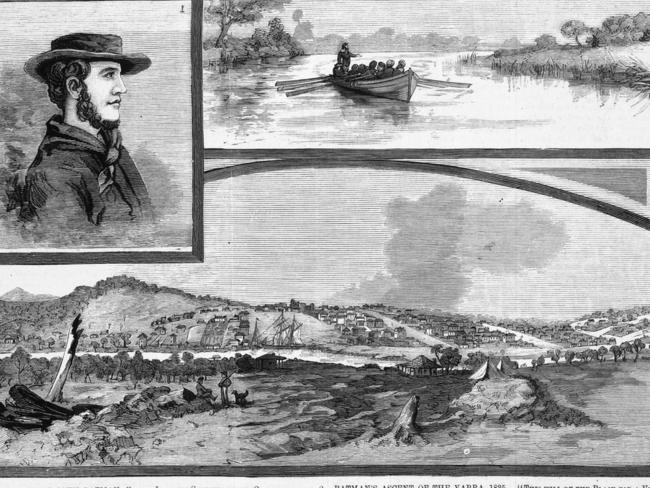
These were dangerous times. Eliza had been named as an absconded convict, but John was a man with a plan. He intended to bide his time to seek Eliza’s pardon from the Lieutenant Governor, Sir George Arthur once the heat was off.
Eliza hid in the basement for the most part, and dressed as a man to hide her identity when she was upstairs.
Despite the subterfuge, Eliza bore John two children – Maria, born in 1824, and Lucy, born in 1826.
In November 1825, police searched Batman’s home.
A former servant, aggrieved at the end of his employment, dobbed in the couple.
Miraculously, the police found nothing, and Eliza and John resumed their illicit family life.
Then, Eliza won her freedom. She and John married with Arthur’s blessing at St John’s Church in Launceston on March 29, 1828.
Tasmania was experiencing growing pains. With all viable grazing land already taken up, there was enormous pressure for settlers to cross Bass Strait to the Port Phillip District of NSW – present-day Victoria.
Graziers were buoyed by glowing reports about agricultural conditions in the region, which had not been settled by Europeans.
The colonial masters weren’t keen for a new settlement so far from Sydney.
By 1834, the Henty Brothers had quietly taken up their homestead and gazing run at Portland, but John and his Port Phillip Association, which pushed for the Port Phillip District to be opened up, were not subtle.
In 1835, the Rebecca sailed up the Yarra and Batman declared the north bank a fine place for a village. Eliza, their seven daughters and other settlers came with him.
Batman tried to circumvent colonial power with his 1835 treaty with the Kulin nation to take control of 600,000 acres of land that stretched across what is now metropolitan Melbourne and Geelong. This made him one of the world’s largest landowners.
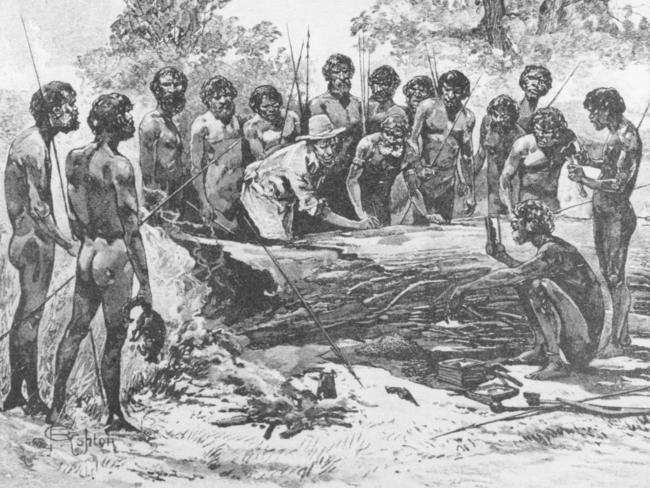
The Batman family settled at Batmans Hill, at the west end of the new town, in early April 1836. The couple welcomed their only son, John Charles, that same year.
But they were already facing hard times.
John and Eliza poured everything into the Port Phillip venture but Governor Richard Bourke refused to recognise Batman’s treaty.

This meant Batman’s ownership, and that of the settlers who had bought land from him, was null and void.
The settlers were forced to buy back from the government land they regarded as their own land, and this put John in particular into deep debt.
John’s health was crumbling along with his wealth. Syphilis had begun disfiguring his face and robbed him of the ability to walk.
Eliza and John separated, although the reasons are not clear.
Some accounts suggest Eliza travelled to England for her ailing husband in a desperate bid to overturn the decisions that robbed her family of its wealth.
While it’s true that Eliza made appeals in London’s halls of power, a contemporary, George Augustus Robinson, remembered in his diary that John cast Eliza out when his servants told him Eliza had been in bed with the family’s cook.
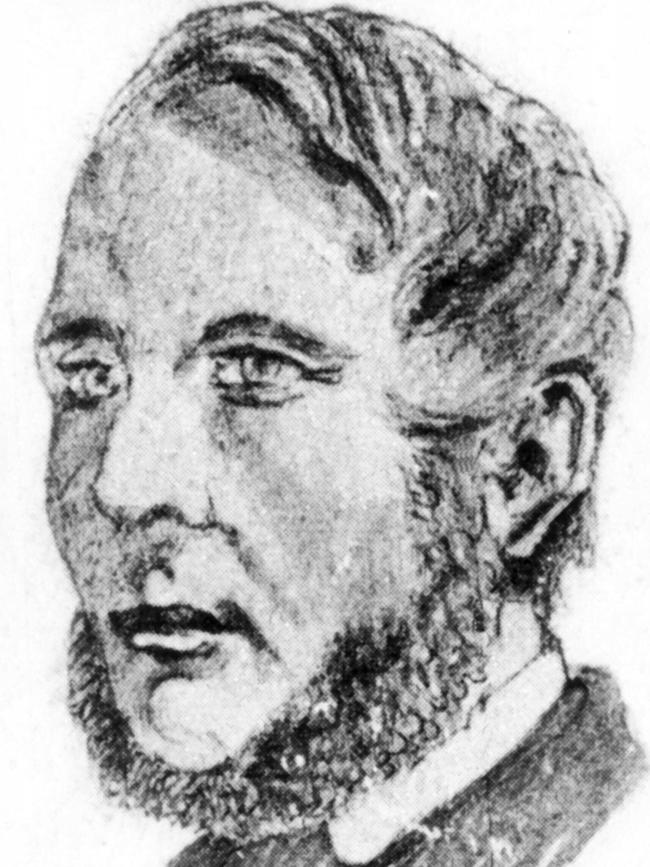
John Batman died alone and mired in debt on May 6, 1839, aged 37.
Eliza, defeated in her London mercy dash, returned to Melbourne in 1840 to find John dead, her children scattered among friends and the family’s Batmans Hill property requisitioned by the government for administrative purposes.
Eliza was willed only £5. She challenged the will unsuccessfully with William Willoughby, John’s former clerk, whom she married.
In 1843, she petitioned Queen Victoria herself in her and her children’s names for compensation for the loss of the lands that formed the Batman estate. The petition fell on deaf ears.
Then, John Charles Batman drowned in the Yarra River on January 11, 1845. He fell from rocks and was swept away in the current.
Eliza left Willoughby soon after and entered the final phase of her life, when she became known as Sarah Willoughby.
Eliza moved to Geelong, like Melbourne once on land she and John owned, earning a living as a sex worker and drinking heavily.
She was found dead in her house in Autumn St, Geelong West, on March 31, 1852, the rented home where she entertained gentlemen callers.
Eliza had been so badly beaten about the face that she was unrecognisable. She had a broken arm and four broken ribs from the sustained attack.
John Trigg and Eliza Wilson, two of her acquaintances, were arrested soon after.
Wilson had concealed a bloodied £1 note in her armpit when the police swooped.
Trigg and Wilson were charged with Eliza’s murder and were held in HM Prison Geelong for three months.
But they were released without charge, apparently for lack of evidence. No-one ever faced trial for Eliza’s murder.
Play the free In Black and White podcast on Australia’s forgotten characters on iTunes here or Spotify here or on your favourite platform.
Listen to previous episodes including the tale of Australia’s lost convict boys, how “last Tasmanian” Truganini became an outlaw on the run in Victoria after a double murder,
and the story of why escaped convict William Buckley was welcomed as family into an Aboriginal clan and stayed 32 years.
And check out In Black & White in the Herald Sun newspaper Monday to Friday to see more stories from Victoria’s past.
